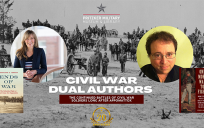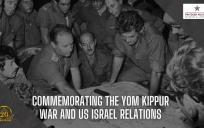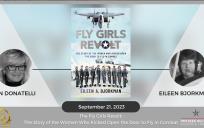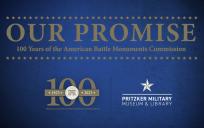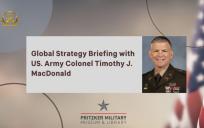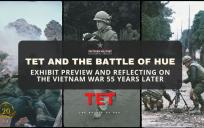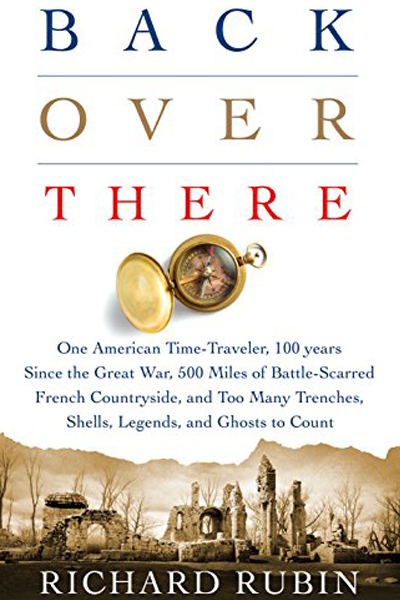
Record date:
Richard Rubin, Back Over There: One American Time-Traveler, 100 Years Since the Great War, 500 Miles of Battle-Scarred French Countryside, and Too Many Trenches, Shells, Legends, and Ghosts to Count
Author Richard Rubin visits the Museum & Library to discuss his latest book about the impact of WWI and the exploration of its memory through following generations. Sponsored by The United States World War One Centennial Commission.
Based on the author’s hugely popular New York Times series about World War I and timed for the April 2017 centennial of America’s entrance into the war, BACK OVER THERE: One American Time-Traveler, 100 Years Since the Great War, 500 Miles of Battle-Scarred French Countryside, and Too Many Trenches, Shells, Legends, and Ghosts to Count is a timely and evocative book that chronicles author Richard Rubin’s journey to American WWI battle sites in France. The book is part history, part first-person travelogue, and part exploration of how human memory is passed down among generations.
The French cannot forget the First World War, and how America--an ocean away, with no stake in it--stepped in when that conflict was mired at an impasse and turned the tide for the Allies. “The French people and French earth continue to safeguard the memory of the American Expeditionary Forces—the American doughboys—and what they did in France in 1917 and 1918,” says Rubin. Many locals have heard tales since their childhood of what happened in their region during the war, while others who moved to the area later, became fascinated with the local history.
Moving chronologically along the path of American WWI battles, Rubin takes us through vast cemeteries, abandoned blockhouses and dugouts, trees still filled with bullets and shrapnel, lush farmland, skeleton towns bombed to the ground and never rebuilt, emptied subterranean cities, and mines illuminated with the graffiti of soldiers long dead. Rubin introduces us to many of the lively locals still occupying these places, for whom the bloody conflict is not the distant past but a history that is immediate and ever present. Several of the area residents whom Rubin meets in his travels volunteer to guide him to area landmarks and relate stories handed down to them over the years. One gentleman is particularly excited to relay a story about MacArthur’s visit to the area, while another man, who started a town museum of WWI artifacts he has found, takes Rubin to a field still filled with shrapnel, uniform buttons, fired bullets, and other artifacts—and one still visible stray shell.
RICHARD RUBIN was educated at the University of Pennsylvania and Boston University and began his career as a small-town journalist in Greenwood, Mississippi. Since then he has written for larger outlets, routinely contributing to: The Atlantic, The New York Times, The New Yorker and AARP Magazine. He is the author of two previous books: Confederacy of Silence and The Last of the Doughboys. He lives in Maine.


